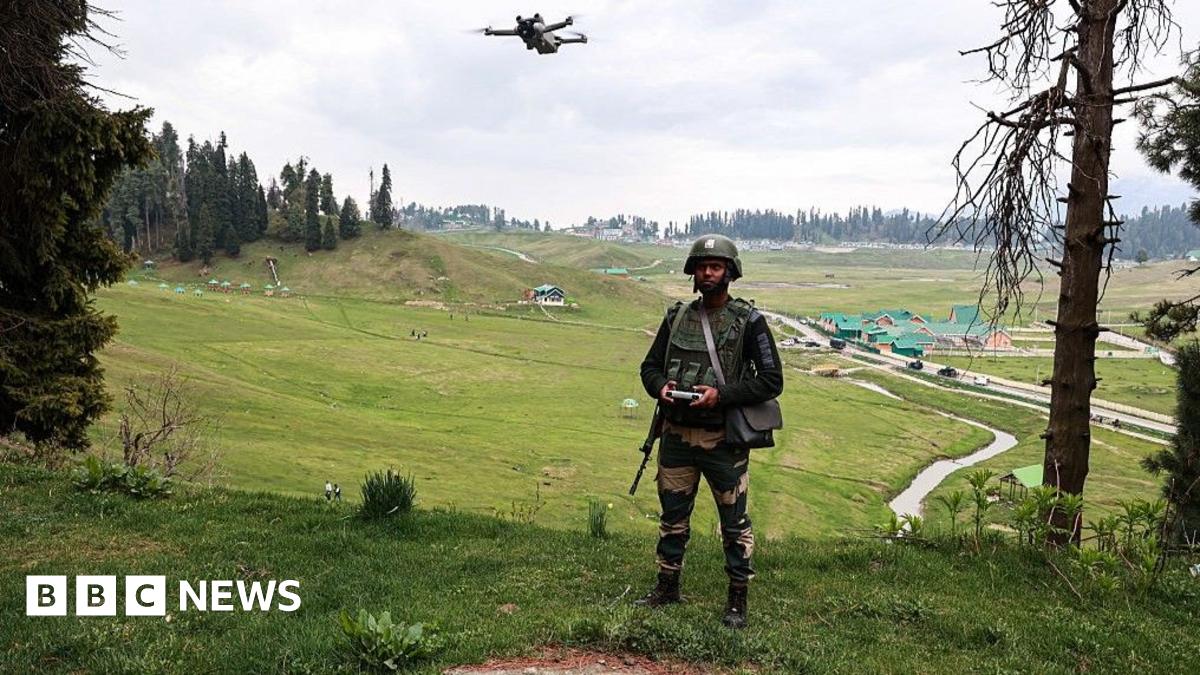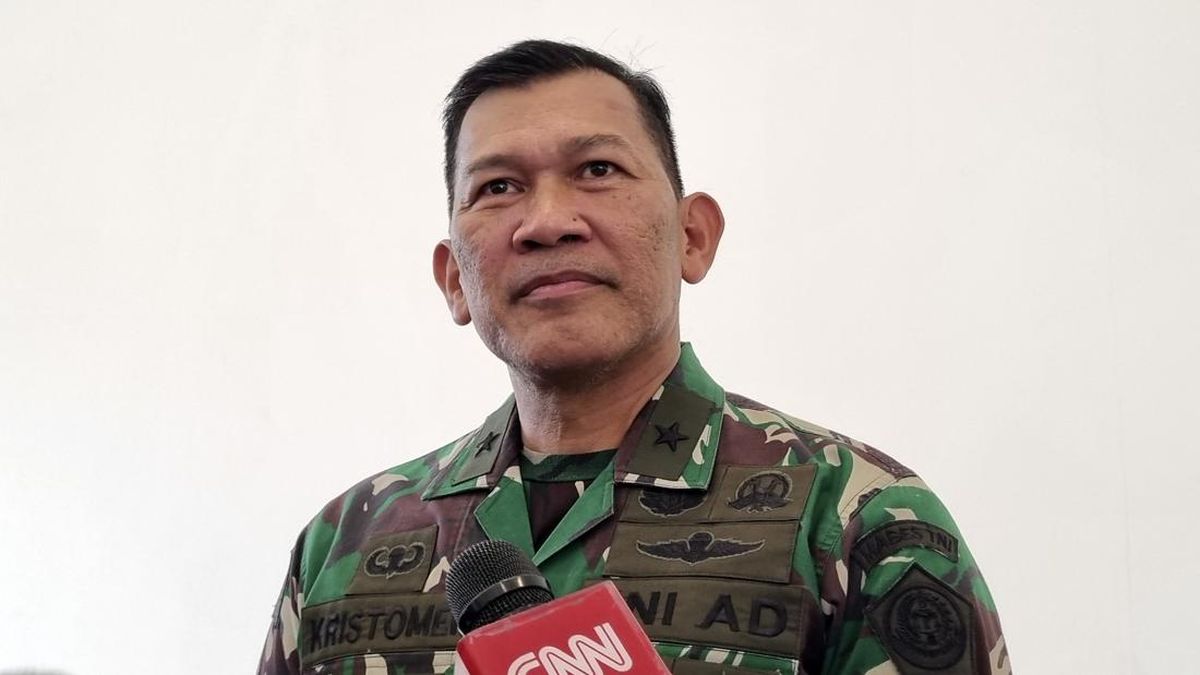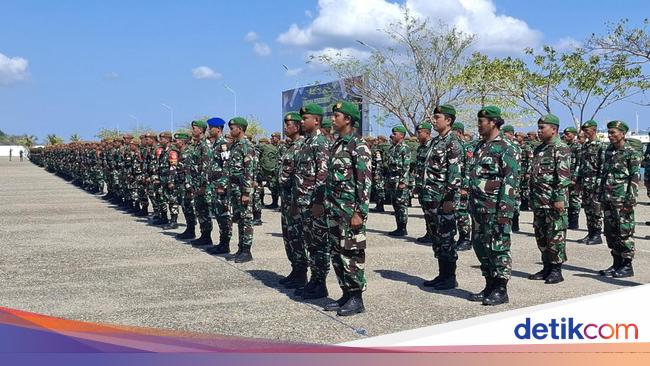The Looming Drone Threat: Analyzing The India-Pakistan Conflict

Welcome to your ultimate source for breaking news, trending updates, and in-depth stories from around the world. Whether it's politics, technology, entertainment, sports, or lifestyle, we bring you real-time updates that keep you informed and ahead of the curve.
Our team works tirelessly to ensure you never miss a moment. From the latest developments in global events to the most talked-about topics on social media, our news platform is designed to deliver accurate and timely information, all in one place.
Stay in the know and join thousands of readers who trust us for reliable, up-to-date content. Explore our expertly curated articles and dive deeper into the stories that matter to you. Visit Best Website now and be part of the conversation. Don't miss out on the headlines that shape our world!
Table of Contents
The Looming Drone Threat: Analyzing the India-Pakistan Conflict
The volatile India-Pakistan border has witnessed escalating tensions, with a new, buzzing threat emerging from the skies: drones. No longer just tools for surveillance, drones are increasingly weaponized, adding a complex and dangerous dimension to the already fraught relationship between the two nuclear powers. This article delves into the evolving drone threat, its impact on the India-Pakistan conflict, and the potential consequences for regional stability.
The Rise of Drone Warfare:
The use of drones in the India-Pakistan conflict isn't new, but their capabilities and sophistication are rapidly expanding. Initially utilized for reconnaissance and surveillance, drones are now being adapted for smuggling weapons, explosives, and even carrying out targeted attacks. This shift marks a significant escalation, blurring the lines of traditional warfare and raising concerns about potential miscalculation and accidental escalation.
- Smuggling across borders: Lightweight, easily maneuverable drones are being used to bypass heavily fortified border regions, facilitating the smuggling of contraband, including weapons and narcotics. This undermines border security and fuels instability.
- Targeted attacks: Reports of drone attacks targeting military installations and civilian areas on both sides of the border are increasingly common. The anonymity and range offered by drones make attributing responsibility difficult, further exacerbating tensions.
- Technological advancements: The rapid pace of drone technology development means that more sophisticated, harder-to-detect drones are constantly emerging, posing a significant challenge for security forces. This includes drones equipped with advanced sensors and communication systems, making them difficult to intercept.
India's Response to the Drone Threat:
India has invested heavily in counter-drone technologies to mitigate the threat. This includes deploying advanced radar systems, electronic warfare capabilities, and specialized anti-drone guns. However, the sheer volume and adaptability of drone technology pose a significant challenge. The development of effective countermeasures requires continuous investment in research and development and international collaboration. India is also focusing on strengthening border security through improved surveillance and intelligence gathering to detect and neutralize drone threats before they materialize.
Pakistan's Perspective:
Pakistan faces a similar challenge, dealing with the threat of drones used for both surveillance and attacks. While publicly condemning the use of drones, the complexities of the situation, coupled with internal security challenges, make neutralizing the threat a difficult task. The lack of transparency and clear attribution in drone attacks further complicates the issue, hindering effective responses and fostering mistrust.
The Geopolitical Implications:
The growing use of drones in the India-Pakistan conflict has significant geopolitical implications. The risk of accidental escalation and miscalculation is significantly higher due to the ambiguous nature of drone attacks. Furthermore, the proliferation of drone technology could empower non-state actors, potentially destabilizing the region further. International cooperation is crucial to establish norms and regulations for the responsible use of drone technology to prevent further escalation and maintain regional peace.
Conclusion:
The looming drone threat significantly complicates the already tense India-Pakistan conflict. Addressing this challenge requires a multi-faceted approach encompassing technological advancements, strengthened border security, and enhanced international cooperation. Failure to effectively manage the drone threat could lead to a dangerous escalation, with potentially catastrophic consequences for the region. The future of peace and stability in South Asia hinges on a concerted effort to understand and neutralize this emerging threat. Further research into the evolving tactics and technologies is crucial for developing effective countermeasures and promoting dialogue between India and Pakistan to prevent further conflict.

Thank you for visiting our website, your trusted source for the latest updates and in-depth coverage on The Looming Drone Threat: Analyzing The India-Pakistan Conflict. We're committed to keeping you informed with timely and accurate information to meet your curiosity and needs.
If you have any questions, suggestions, or feedback, we'd love to hear from you. Your insights are valuable to us and help us improve to serve you better. Feel free to reach out through our contact page.
Don't forget to bookmark our website and check back regularly for the latest headlines and trending topics. See you next time, and thank you for being part of our growing community!
Featured Posts
-
 Swedens National Security Adviser Quits Amidst Grindr Photo Scandal
May 11, 2025
Swedens National Security Adviser Quits Amidst Grindr Photo Scandal
May 11, 2025 -
 Hsv Aufstieg In Die 1 Liga Die Stimmung Im Volksparkstadion
May 11, 2025
Hsv Aufstieg In Die 1 Liga Die Stimmung Im Volksparkstadion
May 11, 2025 -
 Hsv Im Aufstiegskampf Die Verfolger Holen Auf Spannung Bis Zum Schluss In Der 2 Bundesliga
May 11, 2025
Hsv Im Aufstiegskampf Die Verfolger Holen Auf Spannung Bis Zum Schluss In Der 2 Bundesliga
May 11, 2025 -
 Oghenochuko Ojiri Unreported Sales And Hezbollah Links
May 11, 2025
Oghenochuko Ojiri Unreported Sales And Hezbollah Links
May 11, 2025 -
 Aparcamientos Cerca Del Martinez Valero Guia Para El Dia Del Partido
May 11, 2025
Aparcamientos Cerca Del Martinez Valero Guia Para El Dia Del Partido
May 11, 2025
Latest Posts
-
 Vf B Stuttgart Vs Fc Augsburg Key Players And Potential Lineups
May 12, 2025
Vf B Stuttgart Vs Fc Augsburg Key Players And Potential Lineups
May 12, 2025 -
 El Futuro De Alvaro Cervera Reflexiones Sobre El Final De Una Era
May 12, 2025
El Futuro De Alvaro Cervera Reflexiones Sobre El Final De Una Era
May 12, 2025 -
 Tni Pastikan Keamanan Kejati Dan Kejari Respons Terhadap Telegram Terbaru
May 12, 2025
Tni Pastikan Keamanan Kejati Dan Kejari Respons Terhadap Telegram Terbaru
May 12, 2025 -
 Partida Ao Vivo Nehuen Perez Marca Aos 25 Minutos 0 2
May 12, 2025
Partida Ao Vivo Nehuen Perez Marca Aos 25 Minutos 0 2
May 12, 2025 -
 Kelompok Sipil Kecam Telegram Panglima Tni Soal Pengamanan Kejaksaan Agung
May 12, 2025
Kelompok Sipil Kecam Telegram Panglima Tni Soal Pengamanan Kejaksaan Agung
May 12, 2025 -
 Amo Estar Em Casa Arena Mrv Conquista Torcedores Atleticanos
May 12, 2025
Amo Estar Em Casa Arena Mrv Conquista Torcedores Atleticanos
May 12, 2025 -
 Cars Confiscated Following Alleged Street Race Setup In Nottingham
May 12, 2025
Cars Confiscated Following Alleged Street Race Setup In Nottingham
May 12, 2025 -
 Inters Asllani On The Scudetto Race Two Games Left Lets See What Happens
May 12, 2025
Inters Asllani On The Scudetto Race Two Games Left Lets See What Happens
May 12, 2025 -
 Descenso Del Tenerife La Publicacion De Las Palmas Incendia Las Redes Sociales
May 12, 2025
Descenso Del Tenerife La Publicacion De Las Palmas Incendia Las Redes Sociales
May 12, 2025 -
 Pronostico Napoli Genoa Formazioni E Anteprima Della Partita
May 12, 2025
Pronostico Napoli Genoa Formazioni E Anteprima Della Partita
May 12, 2025
